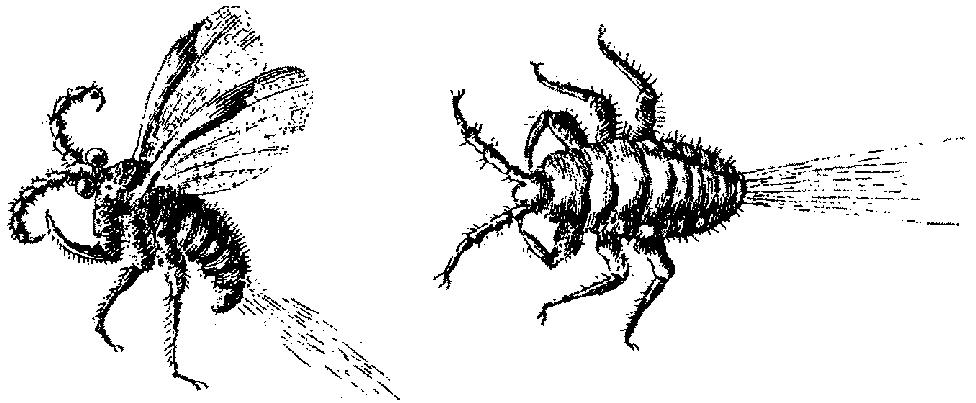Ootheca
Buckle up, bug lovers, because we’re about to embark on a wild ride through the wacky world of oothecae! 🐛🥚🎢 Picture this: You’re a lady mantis, feeling frisky after a hot date (and maybe a little post-coital cannibalism, because why not?). But instead of popping out eggs willy-
Ascus (Mythology)
Ascus (Ancient Greek: Ἄσκος) was a giant from ancient Greek mythology, who in conjunction with Lycurgus of Thrace chained the god Dionysus and threw him into a river. The god Hermes (or, according to other tellings, Zeus) rescued Dionysus, conq
Thecal Sac or Dural Sac
The thecal sac or dural sac is the membranous sheath (theca) or tube of dura mater that surrounds the spinal cord and the cauda equina. The thecal sac contains the cerebrospinal fluid which provides nutrients and buoyancy to the spinal cord.[1] From the skull the tube adheres to bon
Theca folliculi
The theca folliculi comprise a layer of the ovarian follicles. They appear as the follicles become secondary follicles. The theca are divided into two layers, the theca interna and the theca externa.[1] Theca cells are a group of endocrine cells in the ovary made u
Theca
In biology, a theca (pl.: thecae) is a sheath or a covering. Botany The typical anther is bilocular, i.e. it consists of two thecae. Each theca contains two microsporangia, also known as pollen sacs. The microsporangia produce the microspores, which for seed plants 
Xylotheque
A xylotheque or xylothek (from the Greek xylon for “wood” and theque meaning “repository”) is special form of herbarium that consists of a collection of authenticated wood specimens.[1] It is also known as a xylarium (from the Greek xylon for “wood”
Steroidogenic factor 1 (SF-1) protein and a few related things
The steroidogenic factor 1 (SF-1) protein is a transcription factor involved in sex determination by controlling the activity of genes related to the reproductive glands or gonads and adrenal glands. This protein is encoded by the NR5A
It Ain’t Easy Being Green
Is this why they have gone off the rails with the beta carotene and related things? Thoughts for another day. A search for “green plasma” at pubmed turns up 130 articles from 1965 to present. A search for green plasma (without the marks) or ‘green plasma’ at the same place tu
Polish Cochineal (Porphyrophora polonica)
Polish cochineal (Porphyrophora polonica), also known as Polish carmine scales, is a scale insect formerly used to produce a crimson dye of the same name, colloquially known as “Saint John’s blood”. The larvae of P. polonica ar





